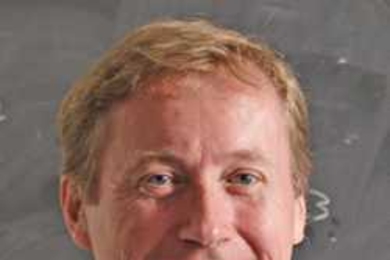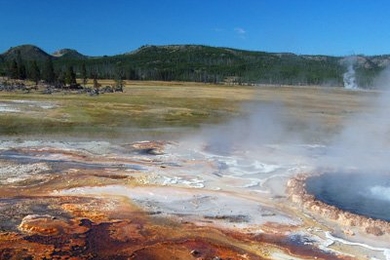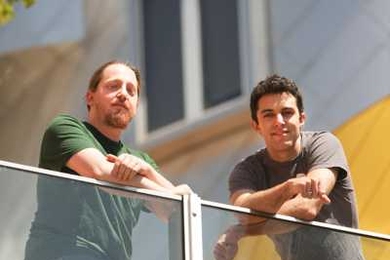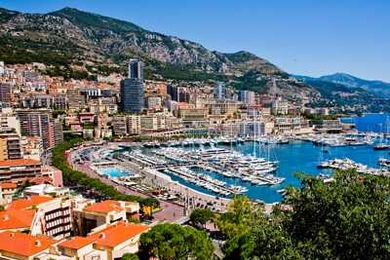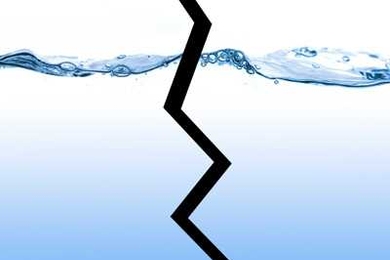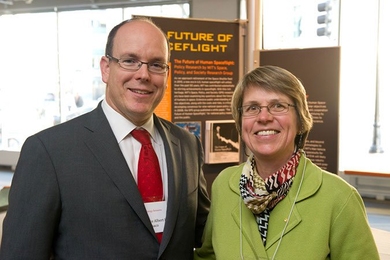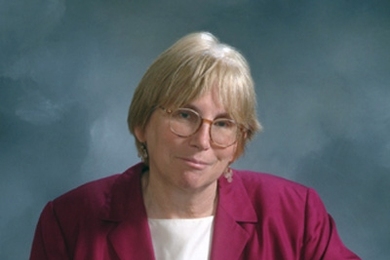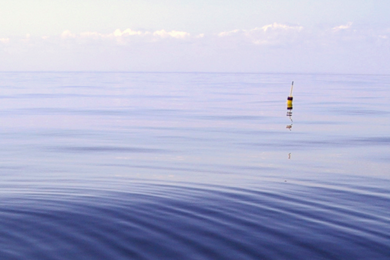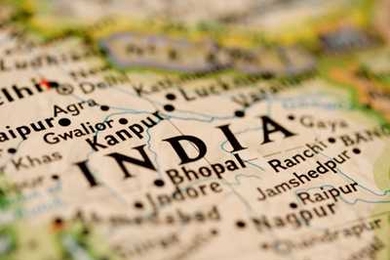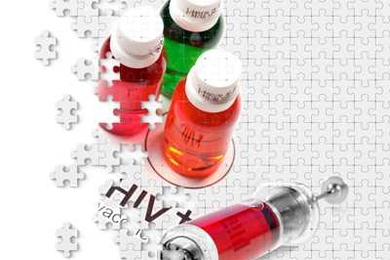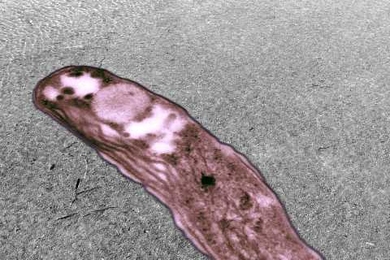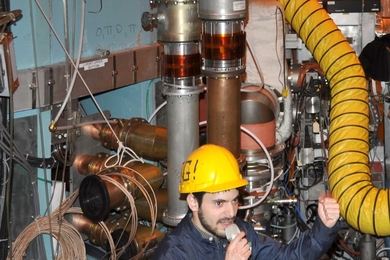More precise food-allergy diagnoses
It turns out that many people mistakenly think they have food allergies. A new technology aims to erase all doubt.
Explained: The Carnot Limit
Long before the nature of heat was understood, the fundamental limit of efficiency of heat-based engines was determined
A look back in time
By linking the odd geometry of bacterial growths to photosynthesis, researchers may have a new way to study Earth’s oldest fossils.
Machines that learn better
New math will make it much easier to build machine-learning systems that tackle a wider range of problems.
Explained: Monte Carlo simulations
Mathematical technique lets scientists make estimates in a probabilistic world
New water-splitting catalyst found
Research by MIT’s Dan Nocera expands the list of potential electrode materials that could be used to store energy.
Chisholm receives Agassiz Medal from National Academy of Sciences
MIT professor selected for her pioneering studies of marine organisms
Stubbe wins prestigious Welch Award
Professor of chemistry and biology honored for her work on enzymes involved in DNA and RNA synthesis
New project aims for fusion ignition
MIT-led Ignitor reactor could be the world’s first to reach major milestone, perhaps paving the way for eventual power production.
Nominations being accepted for undergraduate marine research award
MIT Sea Grant College Program seeks candidates for 2010 Dean A. Horn Award
Tackling cancer on a new front
New program at MIT’s Koch Institute targets the growing cancer problem in India.
New insights into the mystery of natural HIV immunity
A new finding from the Ragon Institute of MGH, MIT and Harvard may have implications for designing an effective AIDS vaccine.
Genes as fossils
MIT researchers discover the DNA responsible for creating fossil-like molecules found in ancient rocks.
Middle School Outreach Day at the Plasma Science and Fusion Center turns 21
Schools return yearly for hands-on opportunities
